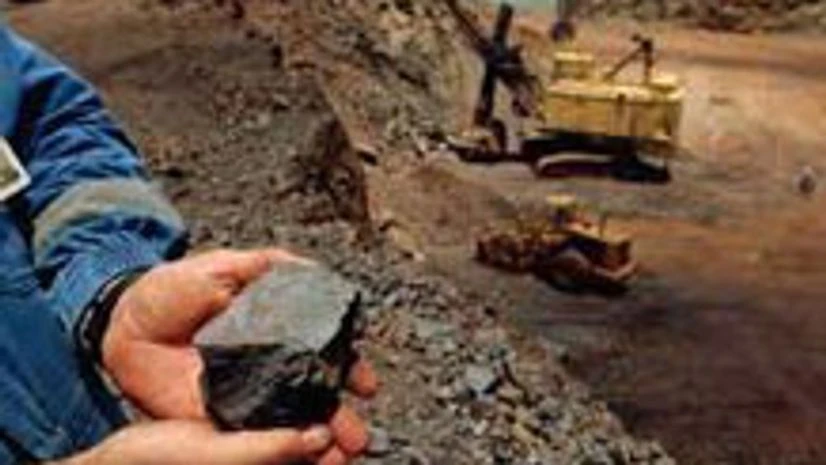Closure of its iron ore mines in Jharkhand and more recently in Odisha has prompted Tata Steel to resort to imports and domestic sourcing for its Jamshedpur plant for most of its requirements, about 100 years after it started mining the raw material in India.
Tata Steel’s lease for the Joda East and Katamati iron ore mines that accounted for two-thirds of the company’s production was suspended by the Odisha government recently, the key reason being expiry of statutory clearances. Analysts expect a fall in operating earnings (Ebitda, the earnings before interest, taxes, depreciation and amortisation) on this count in the second half of the year.
A Prabhudas Lilladher report said its Indian operations would fall by 11 per cent or Rs 1,600 a tonne in the second half over the first half of FY15, primarily due to higher iron ore cost. “With the resumption of chrome and iron ore mines, we remain confident that margins will resume to a Rs 15,000 per tonne level in the first quarter of FY16,” the report said. Tata Steel didn’t respond to questions sent by Business Standard.
Also Read
Last month, in its results’ presentation, Tata Steel had said the Joda East, Katamati, Bamebari and Joda West iron mines in Odisha were operating under a state government order and the process for renewal of the lease was underway.
The brokerage report does not factor in the closure of the Noamundi mines in Jharkhand. Combined ore production from the Jharkhand and Odisha mines were 20-22 million tonnes, of which Odisha would account for around 17 mt.
“If the company depends totally on imports, Ebitda could fall to Rs 9,000-10,000 a tonne from Rs 15,000 tonne,” analysts said.
Tata Steel told analysts last month (before the Odisha mines closure) that the company had been sourcing ore from the markets since February. “The company said it had imported 1.7 mt of iron ore and sourced 0.6 mt from the domestic market,” an analyst said.
A Goldman Sachs report of September said the incremental cost of importing ore for Tata Steel in FY15 would be Rs 1,365 crore, likely to impact its profit after tax by 18 per cent.
It is, however, likely that the Noamundi mines could be operationalised by early next year.
The closures stemmed from a July 18 notification of the Union ministry of mines, to limit deemed extension of g leases without execution of renewal lease deeds. The amendment provides two years for execution of the renewal lease deed after expiry of the lease, for the first renewal. The same window is not available for second and subsequent renewals, according to state governments’ interpretation.
In September, the Jharkhand government issued a stop order for Noamundi. “In response to the company’s petition to the high court of Jharkhand, the government of Jharkhand informed the court that it had taken a decision to renew the leases. The matter is pending before the HC,” Tata Steel had said in its results presentation last month.
Tata Steel’s Jamshedpur plant has annual capacity of around 10 mt. And, the first phase of its new factory at Kalinganagar in Odisha’s Jajpur district is expected to go onstream next year.
“It is extremely unfortunate that Tata Steel, one of the earliest miners, is having to rely on imports,” an industry veteran said.
Tata Steel’s history of iron ore mining dates back to 1903, when geologist P N Bose, discovered deposits in the Gorumahisani hills of the then Mayurbhanj state. In 1904, Bose wrote to J N Tata to explore further.
There has been no turning back for Tata Steel since then.

)
